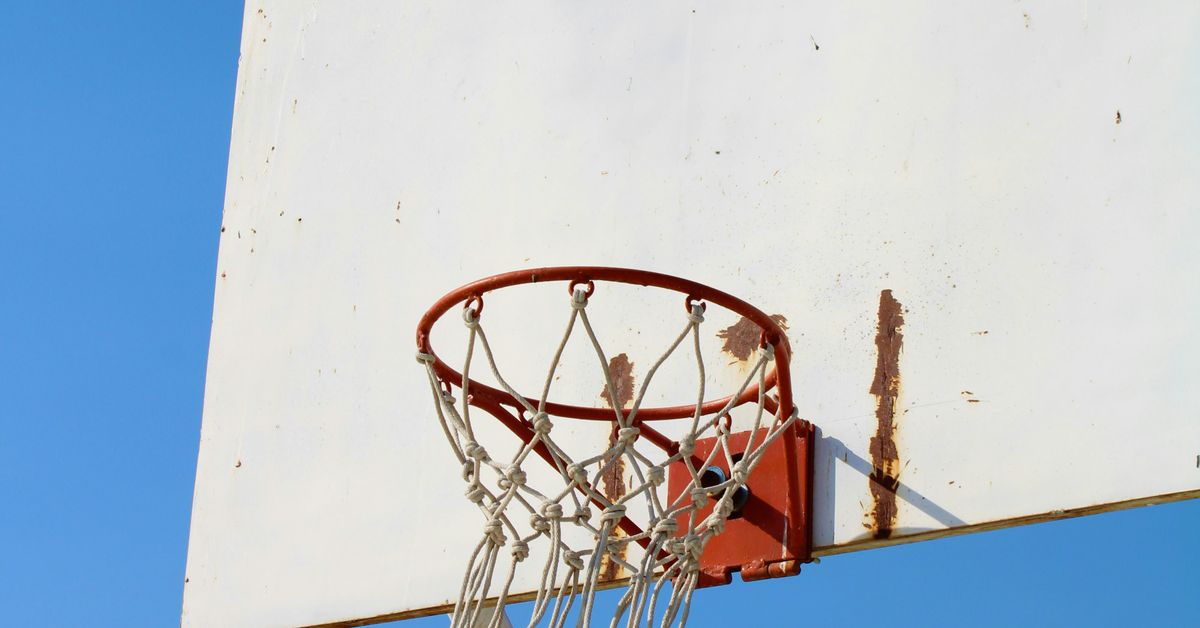
Media Influence on Sports Perception
The influence of media on sports perception is profound and multifaceted, shaping how audiences perceive athletes, events, and even the sports themselves. Through various channels such as television, digital platforms, and social media, the media plays a pivotal role in framing narratives, constructing heroes and villains, and influencing public opinion.
1. Shaping Athlete Portrayals
Media coverage significantly impacts how athletes are portrayed in the public eye:
- Heroic Narratives: Media often portrays athletes as heroes overcoming adversity, achieving greatness through dedication and skill. For example, the coverage of Michael Phelps in swimming or Serena Williams in tennis emphasizes their achievements and struggles, inspiring millions.
- Villainizing Athletes: Conversely, media can cast athletes in a negative light, highlighting controversies or scandals. This portrayal can affect public perception and endorsement opportunities.
2. Influence on Sports Trends
Media coverage plays a pivotal role in determining which sports gain popularity and investment:
- Global Reach: Sports with extensive media coverage like soccer (football) and basketball gain global followings, transcending cultural boundaries.
- Economic Impact: Media exposure affects revenue streams through sponsorships, broadcasting rights, and merchandise sales.
3. Framing Sporting Events
Media framing shapes how audiences perceive sporting events:
- Storytelling: Through commentary and analysis, media frames events to highlight key moments and narratives, influencing viewers’ emotional engagement.
- Impact of Digital Media: Social media platforms provide real-time updates, fan interactions, and behind-the-scenes content, enhancing viewer immersion.
4. Gender and Diversity Representation
Media coverage plays a crucial role in promoting gender equality and diversity in sports:
- Representation: Media can amplify the achievements of female athletes and underrepresented sports, challenging stereotypes and promoting inclusivity.
- Challenges: Despite progress, disparities in coverage and pay between male and female athletes persist, influenced by media narratives and audience biases.
Case Study: Olympic Games Coverage
The Olympic Games exemplify the media’s influence on sports perception:
- Human Interest Stories: Media often focuses on personal stories of athletes, creating emotional connections beyond sports achievements.
- National Narratives: Coverage emphasizes national pride and rivalries, influencing viewer loyalty and interest.
- Legacy Building: Athletes become symbols of their nation’s success or failure, impacting their careers and public image.
Conclusion
In conclusion, media plays a pivotal role in shaping sports perception globally. From athlete portrayals to event coverage and diversity representation, media influences how sports are viewed, celebrated, and commercialized. As digital platforms evolve, media’s impact continues to grow, presenting both opportunities and challenges for athletes, fans, and sports organizations alike.



